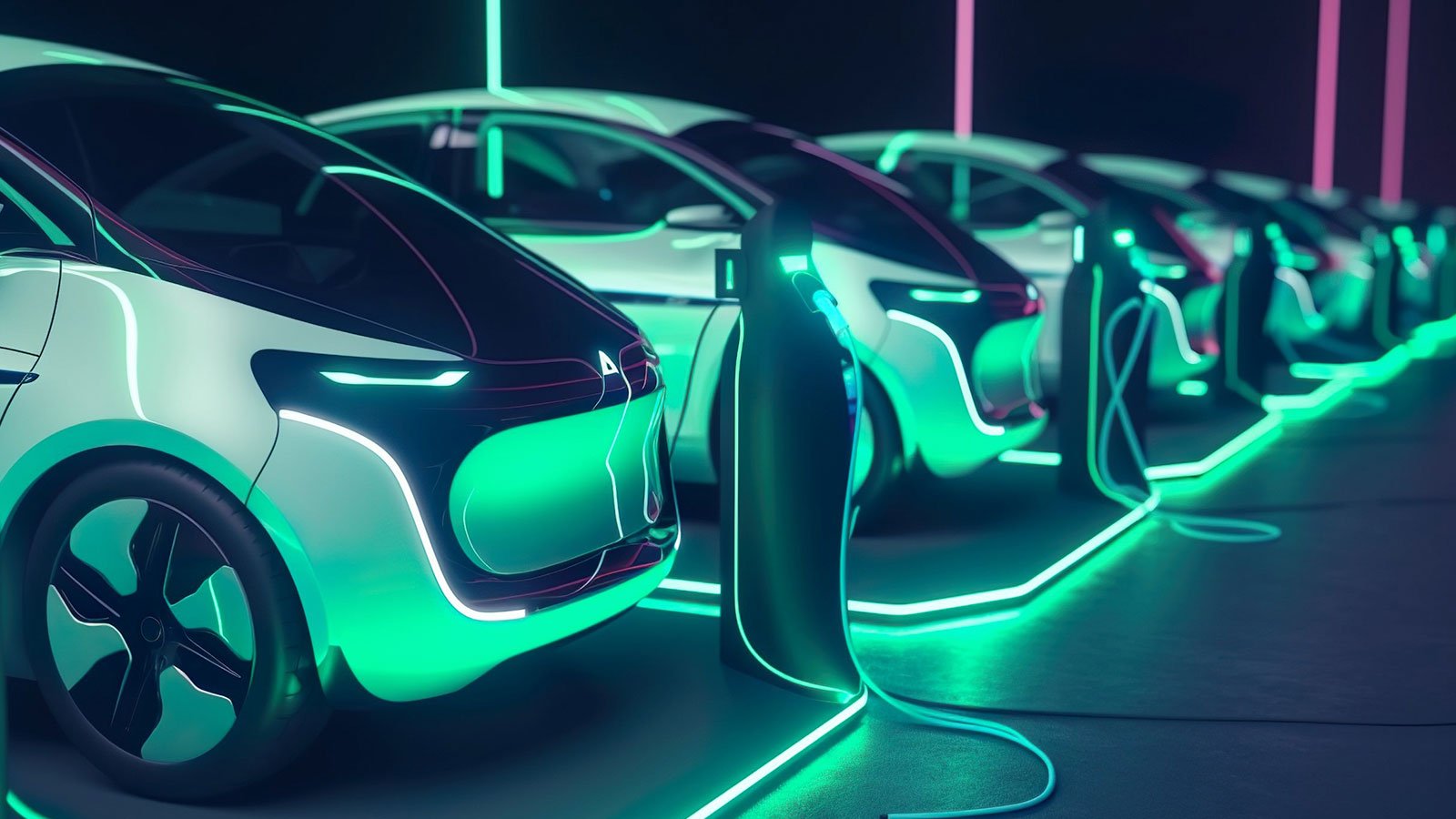V2X is a technology that has the potential to change the way our grid operates, but it’s still in its early stages. Indra, a company that recently received Government funding to develop the technology, explores its potential.
As the world transitions into the era of electrification, the demand for electricity is increasing exponentially and, in parallel, there is a global need to reduce, and eventually remove, reliance on fossil fuels.
Increasing the use of green energy, meaning power that is generated from renewable sources such as solar and wind, is critical in order to build a future sustainable ecosystem. However, one of the main challenges with renewable sources is that supply is, by its very nature, unpredictable and intermittent, and so there is a clear benefit to finding ways to harness and store this energy, so that supply can be provided constantly and consistently.
One solution currently being developed is V2X, also known as Vehicle to Everything. This technology has the potential to be a game changer, allowing for more granular control on how much electricity is being consumed from the grid – rather than just how much electricity is being generated.
The way V2X works is by delivering bidirectional charging capability, which enables users to not only charge their electric vehicle, but to also discharge power from their vehicle back to the home, building or the grid itself.
The benefit of this is that the energy discharged back to the home can then be used to power appliances and heating. That then reduces the amount of electricity the grid is having to provide, as the home has a source of electricity stored in the driveway.
Powering the future
While the focus has been on home at the start, there’s also further potential as to how this technology could be used in the future. In fact, it’s possible that the energy stored in electric vehicles could one day help power workplaces, shopping centres, airports and hotels, giving the grid even more breathing room as it deals with renewable intermittency.
V2X has the potential to transform the role of the EV in the future. This technology effectively turns an EV into a mobile battery on wheels, becoming a valuable asset that can be used to help reduce energy bills and flatten peak energy demand on the grid.
A recent Indra survey revealed that nearly half of UK drivers’ vehicles are parked for at least 50% of the time. This highlights the potential that bidirectional charging technology could unlock for the UK energy ecosystem if the UK were to include energy stored in EV batteries as part of a sustainable energy ecosystem.
By acting as mobile energy storage units, EVs equipped with V2X technology can help mitigate the intermittency of green energy sources. When renewable energy availability is high, excess energy can be stored in EV batteries, and then discharged back to the grid or used in the home when at peak energy demand periods, helping to reduce reliance on traditional, fossil fuel-based energy sources.
Energy consumers become energy producers
Consumers can also play their own part in reducing their reliance on the grid. One of the biggest trends driving the shift toward renewable energy is the growth of microgeneration. More and more homes and businesses are installing solar photovoltaic panels and heat pumps to generate and harness green energy, as well as the rapid growth of domestic EV chargers.
Home charging is the cheapest, greenest and easiest way to charge an EV. It’s possible to purchase a smart home EV charger which is solar compatible, meaning they can enable users to divert excess energy from their solar panels to their vehicles. However, there’s currently no way for that energy to be diverted back to the house at times where there’s less generation – such as night time or on a cloudy day. That means that a large battery is simply sitting there without being used – until you go out for a drive, of course.
The problem isn’t just the charger, however. Most EVs currently on sale are only compatible with unidirectional chargers – but that is likely to change at some point in the near future.
Indra is currently participating in a range of innovation projects pioneering bidirectional charging technology, from government-funded projects such as project Inflexion and Next Gen Power, to its own, large-scale private Vehicle-to-Home (V2H) trial. Some of the projects also involve other companies pioneering V2X technology, from car manufacturers and energy partners to other energy technology stakeholders.
As well as delivering environmental benefits, the economic results of using V2X technology are equally impressive. Participants in Indra’s pilot V2H trial in the UK (part of the largest trial of its kind in the world) have reported savings of between £100 and £200 per month on their energy bills, with high energy users citing savings of £250 or more. These are even more impressive when you consider that these energy costs include charging their EVs too.
All of these trials are crucial for understanding how V2X technology can be optimised to meet the unique needs of different consumers and grid systems. The insights gained from these trials will help inform the development of future V2X products and services, as well as help shape future policies and regulations related to EV charging and grid management in the UK and beyond.


